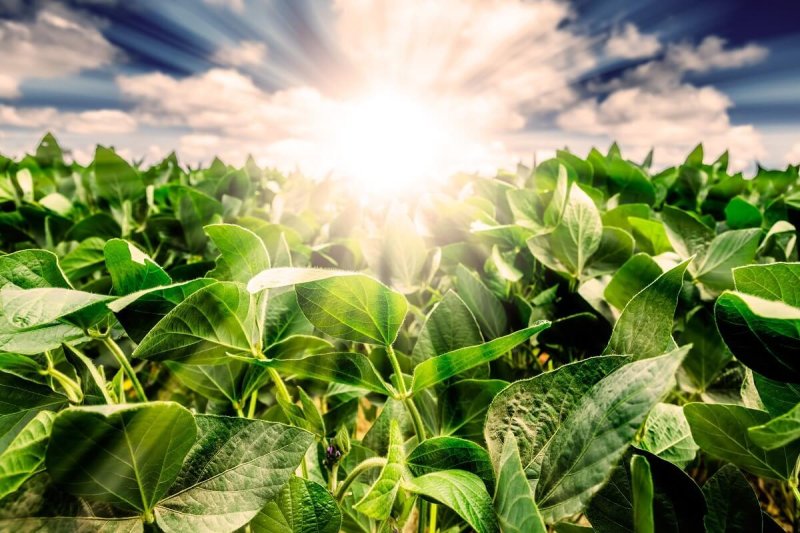There’s an international research project called RIPE, short for Realizing Increased Photosynthetic Efficiency. The effort …. most recently has developed a new mathematical computer model to understand how much yield is lost as soybeans deal with light fluctuations on cloudy and sunny days.
Soybeans lose as much as 13% of their productivity because they can’t adjust quickly enough to changes in light intensity that are standard in crop fields, says Yu Wang, a postdoctoral researcher at the University of Illinois. Wang led a recent study for RIPE and says the 13% loss is massive ….
“A good Midwest soybean crop might produce one and a half tons of beans per acre, so a 13% loss is about one-fifth of a ton per acre,” Wang explains. “The USA produced about 140 million tons of soybeans in 2018, so (that’s) a loss of about 20 million tons for the whole country.”
…
The RIPE project has begun to address …. limitations in soybean and other crops including cassava, cowpea and rice …. “We estimate that if we can engineer this faster adjustment to natural light fluctuations, food production could be increased 20% per acre, without a need for more water,” Wang says.































